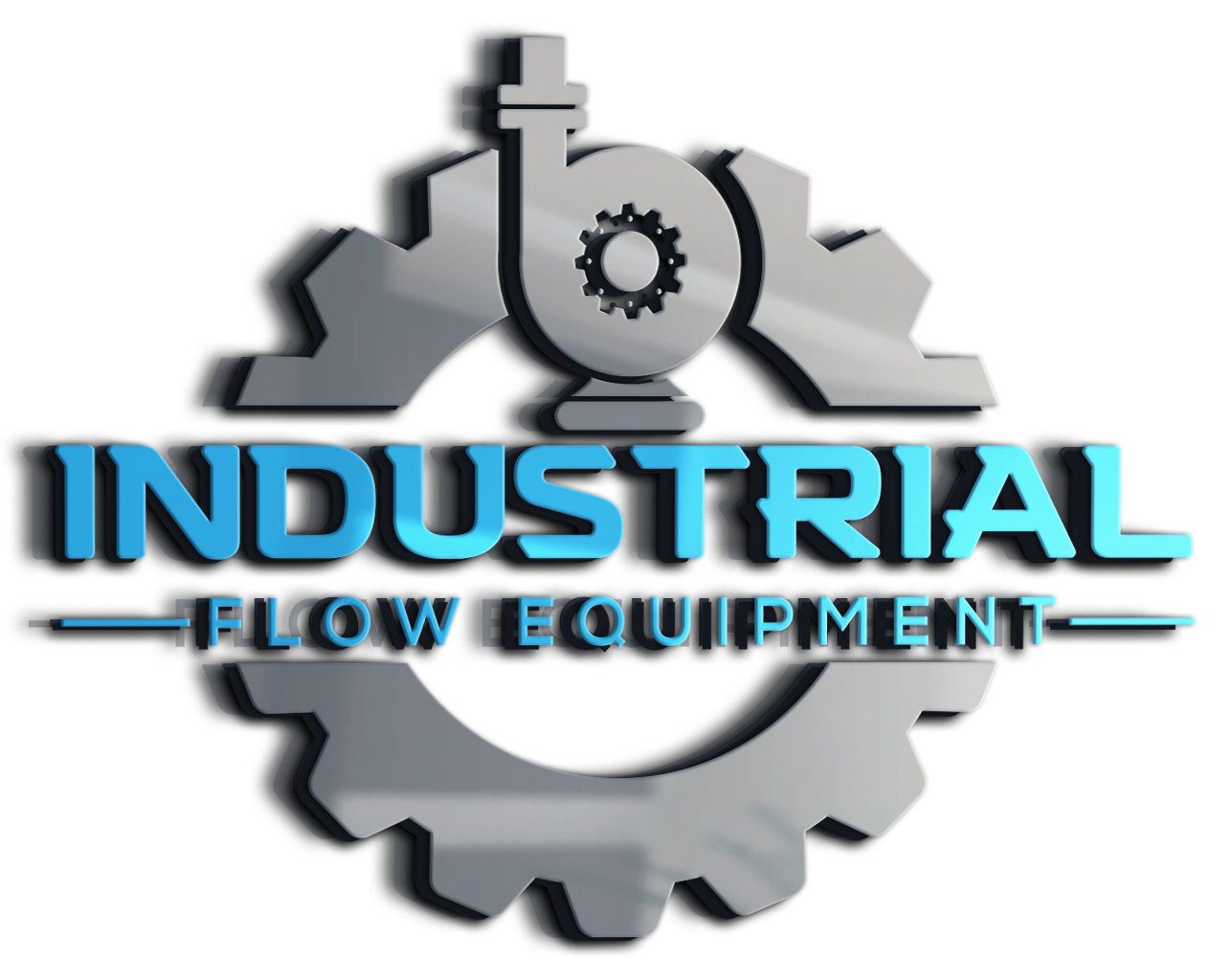TRANSPORTATION/INSTALLATION AND START-UP

Chemical injection skid is a complex system where several components need to come together and deliver the expected rate of chemical to the process fluid. This performance needs to happen not in just the ideal manufacturer’s lab conditions but out there in the field where there are many variables. However, the first hurdle is to make sure that the unit is transported in a way that will not disturb the assembly or its controls.
The consideration to efficiently transport the skid needs to be done at the time of design. You need to have the weight distribution which will allow for the skid to be lifted evenly. There needs to be lifting lugs located on the frame that will not only lift the skid properly but also the cables/chains under tension should not rub against any equipment or piping. A good 3-D modeling of the system comes in very handy to see that there is clearance when the skid is lifted and put on and off a truck. Also, the frame width should not exceed the bed size of the truck. Safe and proper handling of the skid system is critical during transportation to prevent any damage.
Once the system is delivered to the site it needs to be moved to the installation location with the same considerations as above. Good planning is critical here, not just on the part of the manufacturer but also for the site. The site would allow wide paths to move the system without interference with other equipment, piping or wires which may be pre-installed at the site. The skid then needs to be hooked up with piping which will bring and deliver the chemical to and from desired locations. Then the electric power needs to be properly hooked up according to the design, specs and ratings of the components.
Most skids are tested to its full performance range at the manufacturer’s location. However, this test is seldom done with any chemicals. This is done with water to ensure leak-free performance at the rated pressure. Once the chemical is pumped into the system, a whole new range of variables are thrown into the mix. First and foremost the chemical needs to flow freely and openly into the pumping chamber during its suction stroke. Hence the pipe diameter should be large enough to allow good suction capability. Then any solid particles need to be handled with a strainer as it may interfere with the check valves. Degassing is another issue, especially with sodium hypochlorite solutions (Chlorine). We need to make sure that the valves and controls work exactly as they are supposed to in the system. Often this is all managed with a software or SCADA system. That system needs to be run through its entire range of possibilities to ensure there is no malfunction. Once this is all done then the system is handed over to the operators after proper training and along with all the instruction manuals.
